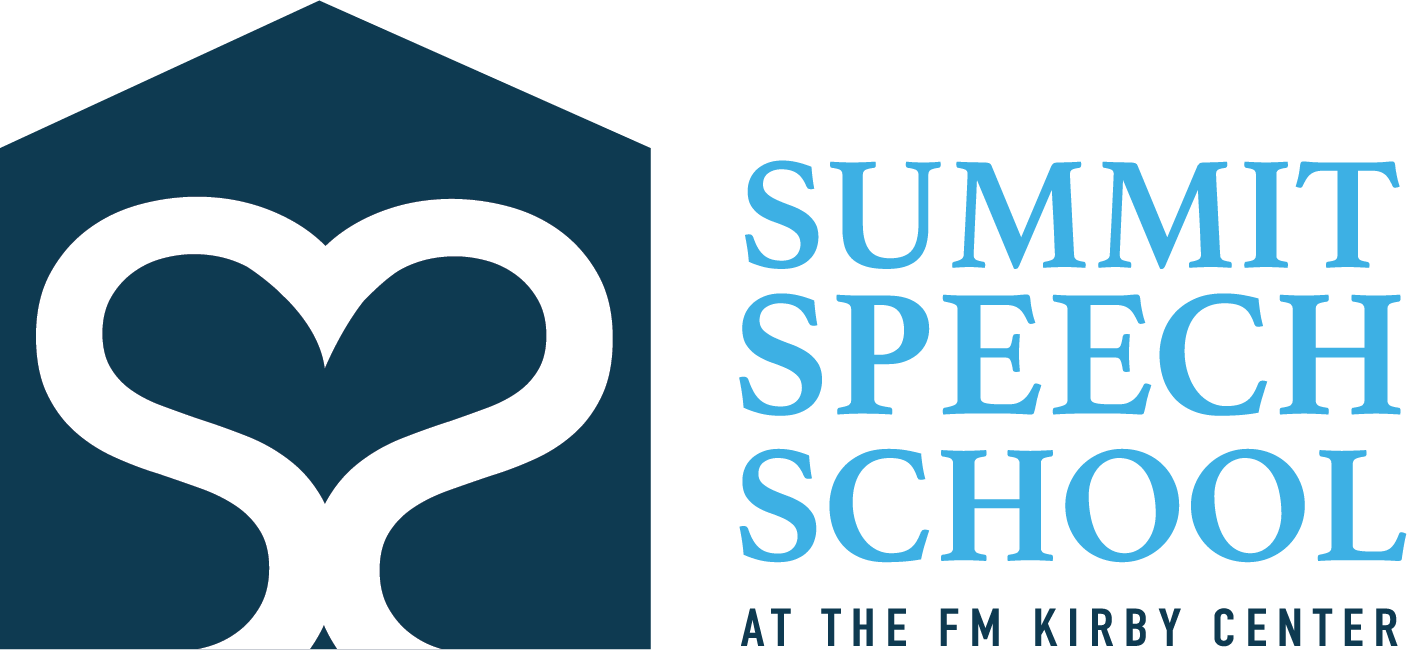Audiogram: a graphic representation of the relation of vibration frequency and the minimum sound intensity for hearing
Audiometry: measurement of the range and sensitivity of a person’s sense of hearing
Decibel (dB): a unit for expressing the relative intensity of sounds on a scale from zero for the average least perceptible sound to about 130 for the average pain level
Educational Audiologists: “deliver a full spectrum of hearing services to all children, particularly those in educational settings. Audiologists are trained to diagnose, manage and treat hearing and balance problems. Educational audiologists are members of the school multidisciplinary team who facilitate listening, learning and communication access via specialized assessments; monitor personal hearing instruments; recommend, fit and manage hearing assistance technology; provide and recommend support services and resources; and advocate on behalf of the students. Educational audiologists provide evidence for needed services and technology, emphasize access skills and supports, counsel children to promote personal responsibility and self-advocacy, maintain student performance levels, collaborate with private sector audiologists, help student transitions and team with other school professions to work most effectively to facilitate student learning.” -Educational Audiology Association
Hertz: a unit of frequency equal to one cycle per second —abbreviation Hz
Pediatric Audiologist: professionals who examine babies, toddlers, children, and teens for hearing loss and related issues. They perform hearing evaluations to determine the presence, extent, and reason for hearing loss. They are highly specialized at recognizing signs of hearing loss early on.
Tympanometry: measurement of middle ear function




